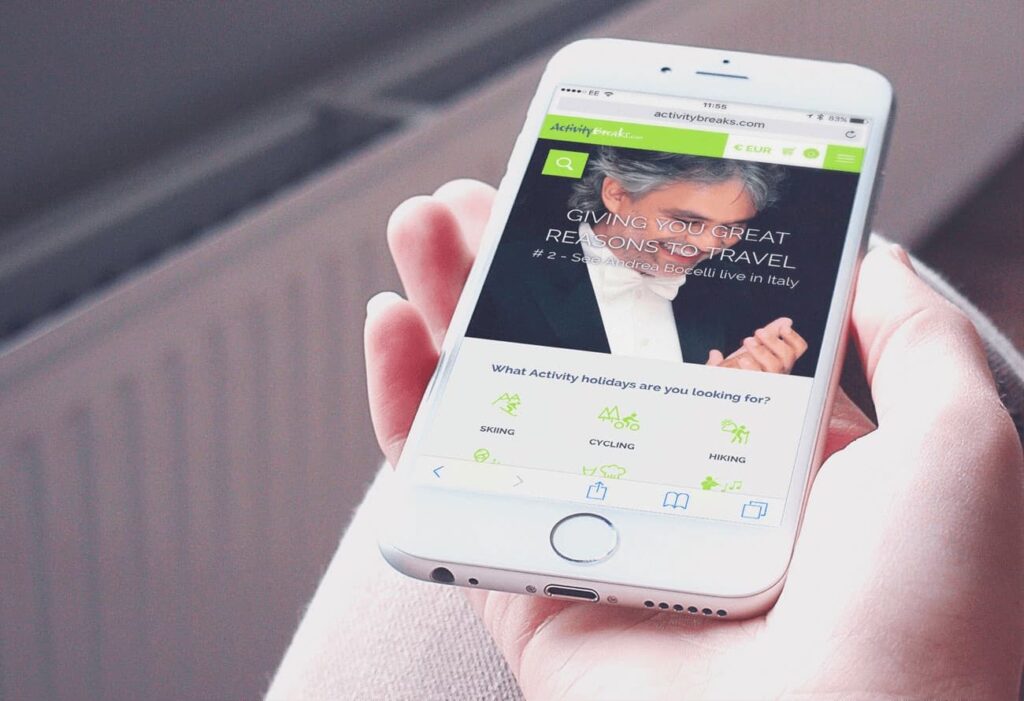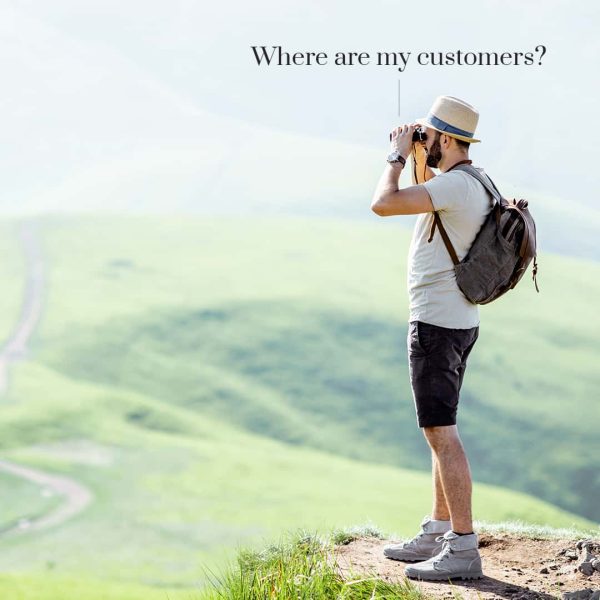There’s no second chance at a first impression and this age old adage is still relevant in the online age. If your customer’s first experience is online then the website will tell them everything they need to know about your brand, products and services. This first impression will be filled in with smaller cues and the absence of things that they need, which can tip the scales in your favour or in the favour of a competitor.
From the first click on the site the customer has this impression firmly cemented in their mind and it can be difficult to change this later down the line. When it comes to the design and nature of the site a well-made site can make all the difference to the customer. Although it can be tempting to skimp out on design, how you make potential customers feel about your brand should take precedence over price. How many times have you purchased something that is a little more expensive than a competitor purely because they look and feel more professional? It happens more often that you think.
Intuitive design and branding, when paired with a website that boasts the same assets, will lead to successful year on year growth for both tour and activities and hotel based businesses. Users can visit an average of ten different sites before booking and can switch over to other sites when they become annoyed by the site design. Poor web design can make a huge dent in the profits of a business as the online booker is now king in the industry.
An effective website and brand voice will convert lookers to bookers.
Key elements you must get right are:
• Consistent brand message across all channels
• Simple to use design with user friendly navigation
• Clear design that shows the offers that a customer can expect, whether it’s a high, low or mid value offers
• Multimedia that shows what experiences the site can offer, this is especially pertinent for the tourism industry
With a website that is well designed and accessible on any device business owners will find that their traffic and bookings increase. There’s no way to overestimate just how much a good online presence is worth as a massive amount of online trade is done every minute in the tourism industry.
An analogy that is often used in the industry is that a website is essentially the best employee you could have. They don’t take sick leave, need a pay rise or take days off – so make sure you value this tool and create the best one possible. Going down the cheaper routes can give customers the impression that your brand is cheap and poorly managed.

The journey starts with the first click
One of the miracles of the modern age for tour providers is social media, especially when it is integrated into the site. A booking starts as an arrangement between a customer and the business but thanks to social media this aspirational arrangement can be shared in seconds. On the whole travellers enjoy showing those on these platforms where they are going, but if the website appears cheap or unpalatable then they will be far less likely to share. This affects the reach that your brand has and reduces the amount of free advertising that you’ll get on social media.
The most important thing, to stand out in the crowded tourism market, is to offer something that your customer won’t find elsewhere. This is made up by many factors from good value to excellent communication and it’s key to combine them with a great website that broadcasts these factors. The sharing elements and first impression all come together during the design phase to create a unique and attractive website for customers.
The pre-trip experience is often hailed as the most important, but the customer should be guided through each stage of the trip by the site. This should make the whole process much easier for them, by helping them search and filter quickly and intuitively. When a customer finds your site through a search engine this is the start of a relationship that spans the entire trip.
Empower your Customers
Giving a potential customer just the right amount of information to make their decision on a trip is essential. This is a fine balance between not answering their probable questions and giving them far too much information to sift through. Both of these options are undesirable for the site and the customer and will ultimately lead to the customer going elsewhere.
In my experience, there are too many companies within the industry that provide their customer with too much information on the product page. No user will read through all of this text to find out the basics of the tour, especially if they are browsing from a mobile device. It’s far more preferable to give the customer a succinct itinerary that they can glance over before booking and a more in depth email after booking.
To add a more personal side to the booking process, it’s advisable to follow up with a phone call if possible.
As it gets closer to their booked time with your company, send them more ideas and helpful information to make the experience a positive one. This keeps the user excited and offers an aspect of customer service that they may not have been expecting.
Need more free advice?
Chris and his team will send you a weekly email offering high-value insight and advice about a variety of marketing and business development topics related to the tourism industry. We address specific destinations, tours and activities, and the hotel industry. We also provide important travel industry news and updates.

